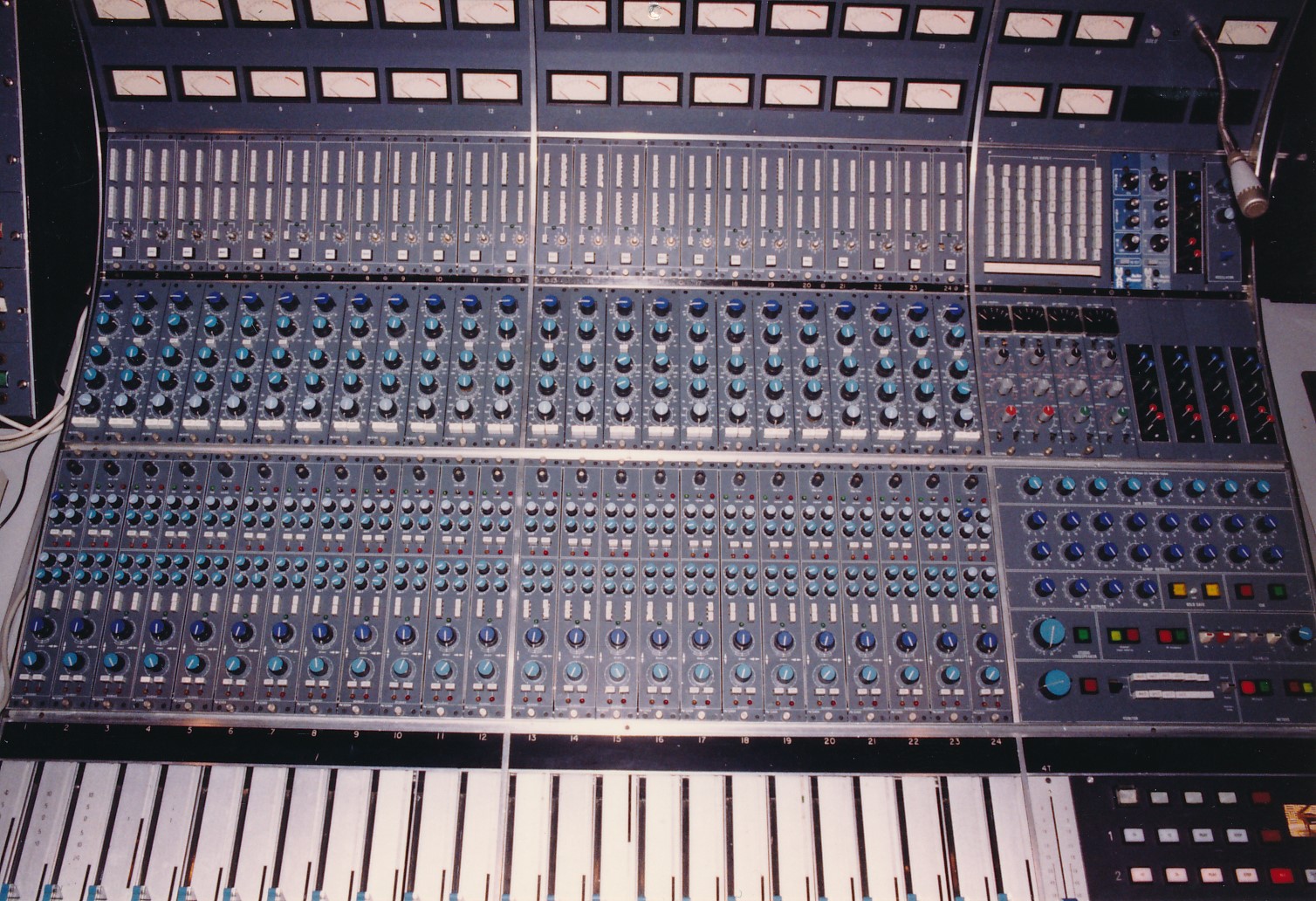Evaluating Music Players – a proposal
Lots of discussion on the SQ of software music players on CA. I am a fan of correlating what I hear with what I measure and vice versa. In this post, I am proposing a way of measuring the difference between music players by expanding the “null test” I performed here http://www.computeraudiophile.com/blogs/FLAC-vs-WAV-vs-MP3-vs-M4A-Experiment
Rather than performing a null test on audio file formats, the single unit under test will be the music player, so when one music player is switched for another, that will be the only variable in the test setup. How to do this? If you are interested read on.
First a note. My plan is to provide a balanced view between what is measured and what is heard. I have no preconceived notions of what the outcome is going to be and I am not affiliated with any software or hardware audio manufacturer.
2nd I make the following assertion. In an ABX listening test, if you hear a difference, than the audio waveform must have changed in some way from the original. If it has changed then we should be able to measure the difference. So how do we capture the difference?
I intend to take a holistic systems approach and capture the measurement of the audio signal chain from music player to analog output. I intend to use my existing gear, http://www.computeraudiophile.com/blogs/Rock-n-Roller-s-Guide-Designing-Audiophile-Sound-System in which I have made many measurements including frequency response, http://i1217.photobucket.com/albums/dd381/mitchatola/lynxl22-1.jpg noise, distortion, http://i1217.photobucket.com/albums/dd381/mitchatola/L22noiselevel.jpg etc.
The scientific experiment will be to play a tune on the music player, through the DAC and then loopback through the ADC of the Lynx card and then record the tune using Audacity or some similar recorder. I will do this twice with the same music player (or more times) to establish a(null test)baseline. Then repeat the same test with a different music player while all other variables stay the same. The only difference will be the music player’s involved.
Once I have the audio files captured, then it is following the same null test procedure as outlined here: http://www.computeraudiophile.com/blogs/FLAC-vs-WAV-vs-MP3-vs-M4A-Experiment with the possible exception of using this software http://www.ohl.to/about-audio/audio-softwares/hear-the-difference to perform the null test as I may need to line up the waveforms by using the delay feature in this software.
I don’t expect the files to completely null out as there will be analog noise (which will have some random component to it), which means that “theoretically” what is left over from the null test should be just noise. However, if there is a diffence in waveforms, we will see it and hear it.
But then again, this is an experiment and anything can happen.
I would be interested to hear CA’s thoughts to this experiment.
Happy listening!











4 Comments
Recommended Comments